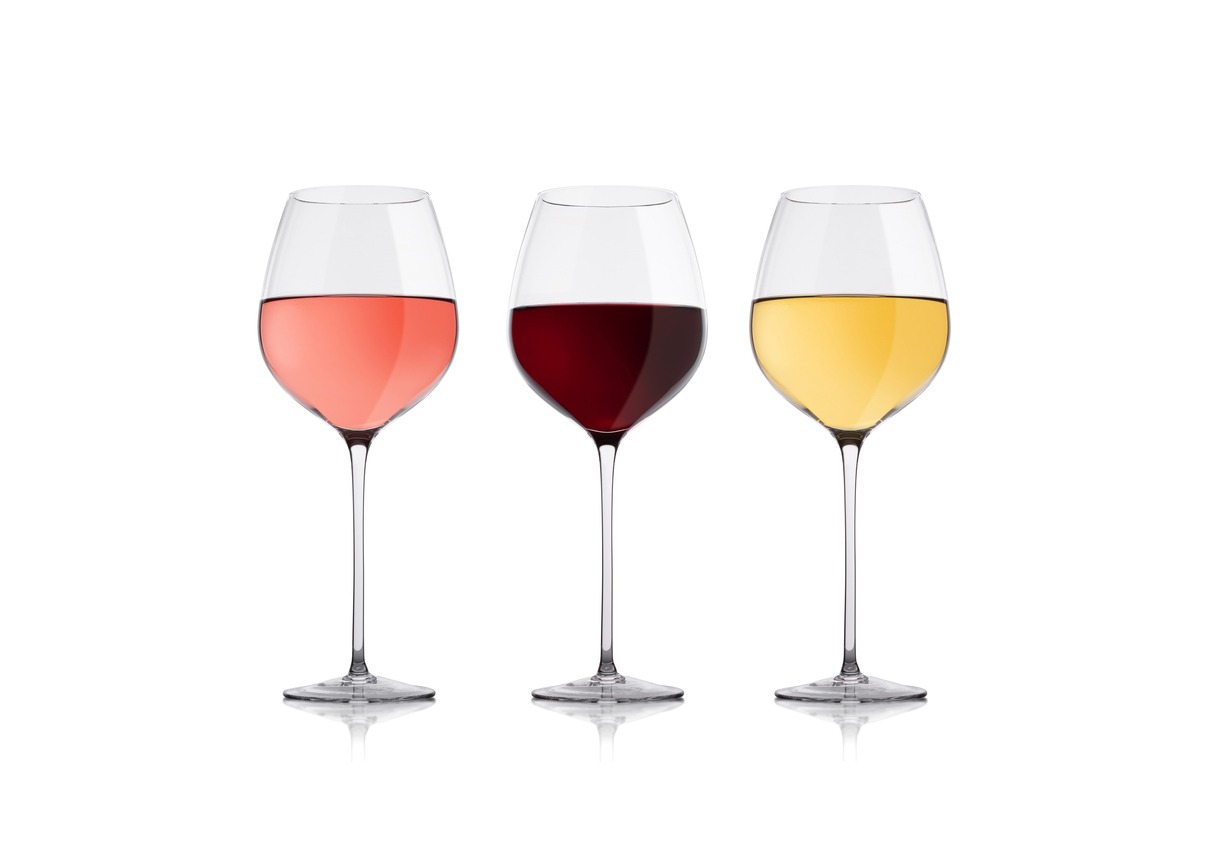Non-alcoholic wine is gaining popularity as an alternative to traditional wine, offering the same sophisticated experience without the effects of alcohol. This beverage caters to a growing segment of health-conscious consumers and those who abstain from alcohol for various reasons.
But what exactly is non-alcoholic wine, and how does it differ from its alcoholic counterpart? In essence, non-alcoholic wine starts its life as regular wine, going through the standard fermentation process. The key difference lies in the additional steps taken to remove alcohol while striving to retain the wine’s original flavors and aromas. This article delves into the world of non-alcoholic wine, examining its production process, the technology behind it, and how it manages to offer a similar sensory experience to traditional wines.
What is Non-Alcoholic Wine?
Non-alcoholic wine is a beverage that mimics the taste and experience of traditional wine but contains little to no alcohol. Its emergence is a response to a growing demand for more inclusive drinking options suitable for a variety of lifestyles and occasions. This type of wine is particularly appealing to those who enjoy the taste of wine but choose to avoid alcohol due to health concerns, dietary preferences, or personal reasons.
To understand non-alcoholic wine, it’s essential to recognize how it differs from grape juice. While grape juice is simply the unfermented liquid extracted from grapes, non-alcoholic wine undergoes the same initial processes as alcoholic wine, including fermentation. This means it starts with crushed grapes that are left to ferment, during which yeast converts the sugars in the grapes into alcohol and carbon dioxide. The key distinction is what happens after this fermentation process. Non-alcoholic wine goes through an additional step where the alcohol is carefully removed, often through techniques like vacuum distillation or reverse osmosis. These methods aim to extract alcohol while minimizing the loss of the wine’s original flavors and aromatic compounds.
Despite these efforts, producing a non-alcoholic wine that retains the complexity and depth of traditional wine is challenging. Alcohol contributes to the mouthfeel, aroma, and overall flavor profile of wine. Therefore, winemakers must carefully balance these factors during the alcohol removal process to ensure the final product still delivers a satisfying and authentic wine-tasting experience. As the technology and methods improve, so does the quality of non-alcoholic wines, making them an increasingly popular choice for wine enthusiasts and casual consumers alike.
Differences Between Non-Alcoholic and Alcoholic Wine
The key differences between non-alcoholic and alcoholic wines are crucial in understanding both beverages’ unique qualities and appeal. Here are the primary distinctions:
- Alcohol Content: The most obvious difference is the alcohol content. Alcoholic wines typically have an alcohol content ranging from 8% to 15%, while non-alcoholic wines contain less than 0.5% alcohol, often labeled as alcohol-free. This minimal amount is similar to the alcohol levels found in natural fruit juices due to fermentation.
- Production Process: Both types of wine start with the same fermentation process, where yeast turns sugar in grapes into alcohol. However, non-alcoholic wine undergoes an additional step where the alcohol is removed, typically through methods like vacuum distillation or reverse osmosis. This extra step is designed to extract alcohol while preserving the wine’s flavor and aroma.
- Flavor and Complexity: Alcohol plays a significant role in the flavor profile of the wine, contributing to its body, mouthfeel, and the way flavors are perceived on the palate. Non-alcoholic wines often have a lighter body and a different flavor profile due to the absence of alcohol. Winemakers strive to replicate the complexity of alcoholic wines, but some nuances are inherently linked to the presence of alcohol.
- Caloric Content: Non-alcoholic wines generally have fewer calories than their alcoholic counterparts. The absence of alcohol naturally reduces the calorie count, making non-alcoholic wine a preferred option for those monitoring their calorie intake.
- Health Implications: Non-alcoholic wine offers a safer option for individuals who avoid alcohol due to health reasons, pregnancy, or personal preferences. It eliminates the risk of alcohol-related health issues and impairment, making it a suitable alternative for various occasions.
- Storage and Shelf Life: The shelf life of non-alcoholic wine, once opened, can be shorter than alcoholic wine. Alcohol acts as a preservative, so without it, non-alcoholic wines are more susceptible to spoilage.
Understanding these differences is essential for consumers navigating their choices in the wine market. While non-alcoholic wine provides an alternative experience, it’s important to recognize that both types have their unique characteristics and occasions for enjoyment.
What are the Benefits of Non-Alcoholic Wine?
Non-alcoholic wine is increasingly popular, offering several benefits that cater to health-conscious consumers and those who prefer to avoid alcohol. Here are some of the key advantages of choosing non-alcoholic wine:
- Lower Calorie Intake: Non-alcoholic wine typically contains fewer calories compared to regular wine. The absence of alcohol reduces its caloric density, making it a favorable option for those watching their calorie intake.
- Healthier Choice: For individuals looking to lead a healthier lifestyle, non-alcoholic wine is a great alternative. It eliminates the health risks associated with alcohol consumption, such as liver disease and alcohol dependency.
- Safe for Everyone: Non-alcoholic wine is a suitable option for a wide range of people, including those who abstain from alcohol for religious or personal reasons, pregnant women, and individuals with certain medical conditions.
- No Impairment Risks: With no intoxicating effects, non-alcoholic wine allows consumers to enjoy a social drink without the risk of alcohol-related impairment. This means it’s a safe choice for designated drivers or anyone who needs to remain alert.
- Rich in Antioxidants: Like regular wine, non-alcoholic wine is made from grapes, which are rich in antioxidants like flavonoids and resveratrol. These compounds are known for their health benefits, including reducing inflammation and protecting against heart disease.
- Inclusivity in Social Situations: Non-alcoholic wine provides an inclusive option for social events, ensuring that everyone, regardless of their drinking preferences, can enjoy a sophisticated beverage.
- Better Sleep and Hydration: Alcohol can disrupt sleep patterns and lead to dehydration. Non-alcoholic wine allows consumers to enjoy a drink without these negative side effects, promoting better hydration and sleep quality.
These benefits make non-alcoholic wine an appealing choice for a variety of consumers, ensuring that everyone can partake in the social and culinary joys of wine without the drawbacks of alcohol.
Conclusion
Whether it’s due to health considerations, lifestyle choices, or simply a desire to reduce alcohol intake, non-alcoholic wine offers a viable solution without compromising on the experience. With advancements in production techniques ensuring a closer approximation to traditional wine’s flavor and complexity, the appeal of non-alcoholic wine is broadening.



